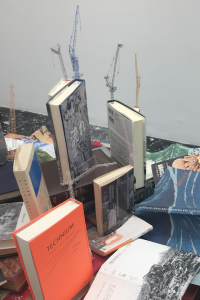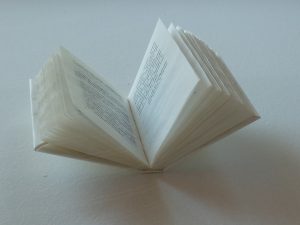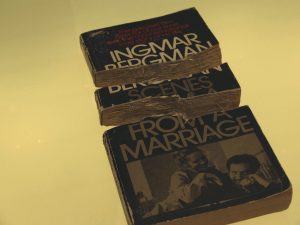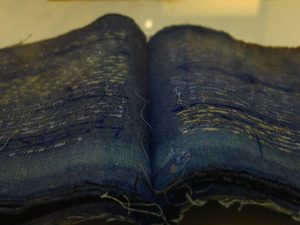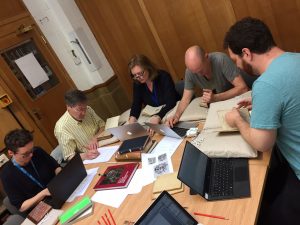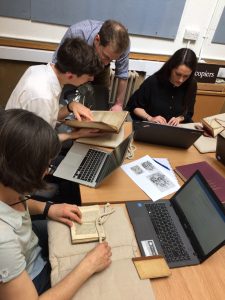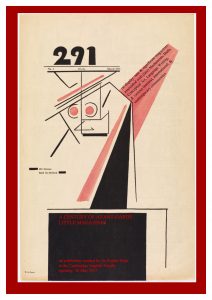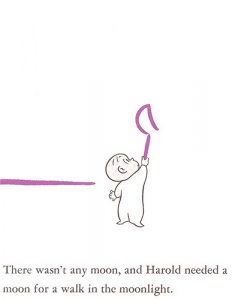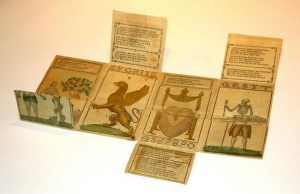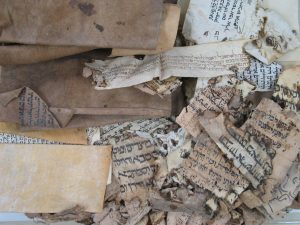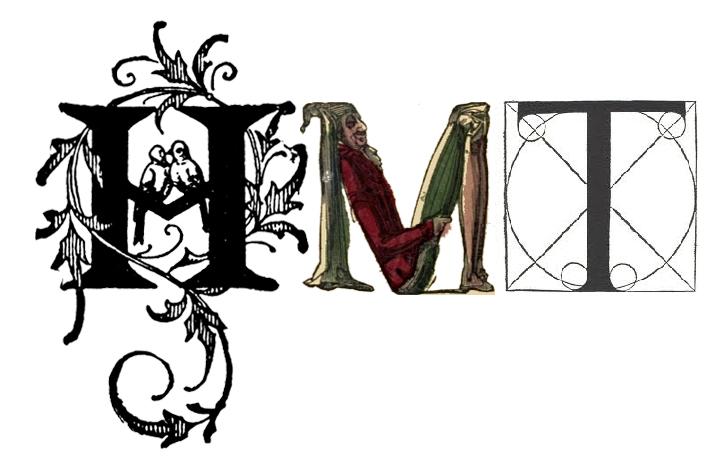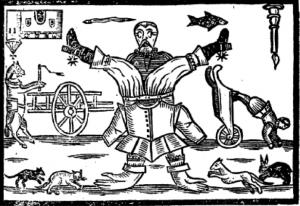
John Taylor (1578-1653) was one of the most inventive writers of his age. Styling himself ‘The King’s Majesty’s Water-Poet’, he was at once a Thames boatman, a dazzlingly prolific author, and a literary celebrity. He was a pioneer in numerous literary forms, including travel writing, nonsense verse, and the ‘it-narrative’, and was one of the first writers to explore the possibilities of subscription publishing. Taylor was a satirist, a polemicist and a purveyor of printed news who invented the role of the foreign correspondent in his reports back from European war-zones. His works were also crucial to the formation of the British canon and to an emergent sense of national identity.
This conference will be the first to focus exclusively on Taylor’s vast and multifarious oeuvre. Bringing together a group of leading scholars, it will reconsider the significance of the Water-Poet to our understanding of seventeenth-century literature and culture, and his legacy in our own day.
The conference, sponsored by the Cambridge Centre for Material Texts and the University of Southampton, will run from 11.30 on 14 September to 2.15 pm on 15 September, in the Senior Parlour, Gonville and Caius College.
14 September
11.30-12 Registration
12-12.15 Welcome
12.15–1.30: Session One
Bernard Capp, ‘John Taylor goes to War: Civil War writings 1642–1648’
Abi Shinn, ‘“Pace, Amble, Trot, Hand-gallop, Wild-gallop, Fals-gallop”: Motion and Conversion in the Rebellious Roundhead’
1.30–2.15: lunch
2.15–3.30: Session Two
Ros King, ‘John Taylor, playfulness, and nationhood’
Ariel Hessayon, ‘“A Swarme of Sectaries”: John Taylor and the enemies of his religion’
3:30: tea and coffee
4.00–5.45: Session Three
Anthony Ossa-Richardson, ‘Sartor Resartus: Or, A Learned Taylor?’
Adam Smyth, ‘“For a Friers mouth read a Pudding”: John Taylor and the uses of error’
Jason Scott-Warren, ‘Exuvial Taylor’
15 September
9.15–11.00: Session Four
Kirsty Rolfe, ‘The coast of Bohemia: John Taylor’s imagined geographies?’
Jemima Matthews, ‘Taylor’s Thames: Performing local geography and other “useful matters”’
Andrew McRae, ‘Travelling Taylor: Developing an Authorial Identity’
11.00–11.30: tea and coffee
11.30–1.15: Session Five
Will May, ‘The Whimwham: travelling on Taylor’s watery vessels’
Alice Hunt, ‘“And so my journey and my book is done”: John Taylor, England’s Republic and his Final Works, 1649–1653’
Johann Gregory, ‘John Taylor and Engaging Audiences: Findings from a Pilot Project’
1.15–2.15: lunch
The cost of attendance, including lunches, teas and coffees, is £60 (waged) and £30 (unwaged).
Accommodation can be arranged in Gonville and Caius College at a cost of £65.25+VAT (single ensuite) or £81+VAT (twin/double ensuite).
On the night of 14 September, there will be a conference dinner (price not included in booking fee) at a local Indian restaurant.
For a conference flyer, click here. For a booking form in Word format, click here.
For further information, please contact the organisers, Anthony Ossa-Richardson (anthonyossar@gmail.com) and Jason Scott-Warren (jes1003@cam.ac.uk).
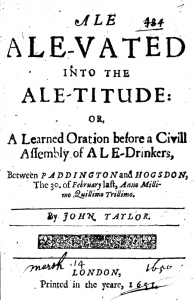 The song (a ‘catch’ or round) was entitled ‘The Ex-Ale-tation of ALE’ and it was, as the title suggests, an encomium to drink. Taylor was evidently so impressed by the pun-laden ditty that he took it as the inspiration for his even more pun-laden work, Ale ale-vated into the ale-titude (1651); the song was, he said, ‘written in merrier Times, by a most Learned Authour’. Singing about ale (doubtless whilst drinking copious quantities of it) was clearly intended to warm the heart of the forlorn Royalist reader in the aftermath of Charles I’s execution.
The song (a ‘catch’ or round) was entitled ‘The Ex-Ale-tation of ALE’ and it was, as the title suggests, an encomium to drink. Taylor was evidently so impressed by the pun-laden ditty that he took it as the inspiration for his even more pun-laden work, Ale ale-vated into the ale-titude (1651); the song was, he said, ‘written in merrier Times, by a most Learned Authour’. Singing about ale (doubtless whilst drinking copious quantities of it) was clearly intended to warm the heart of the forlorn Royalist reader in the aftermath of Charles I’s execution.